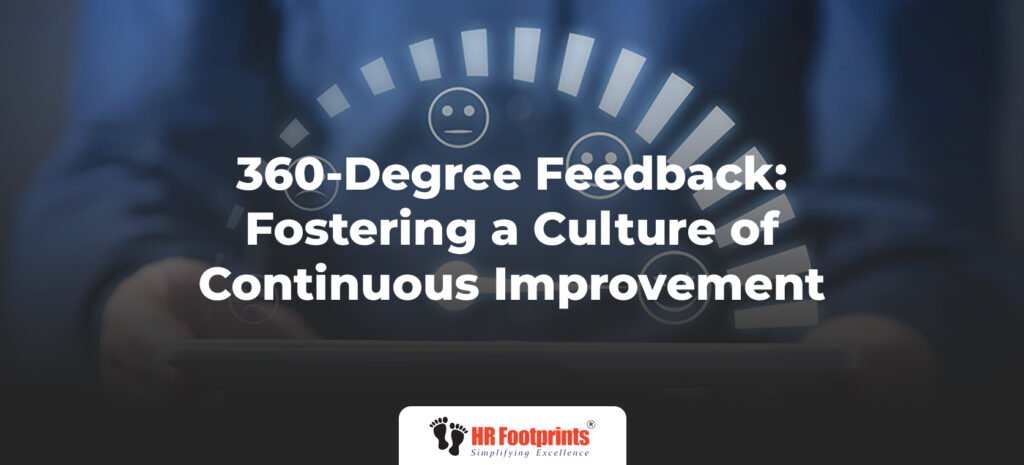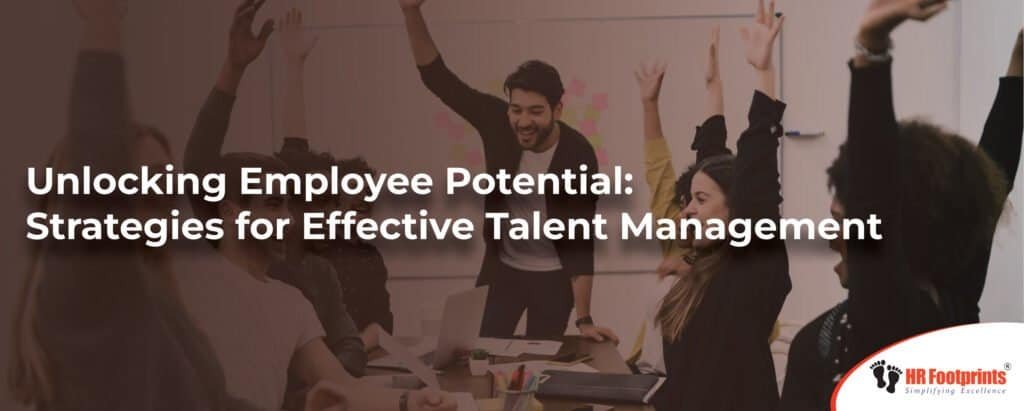360-degree feedback surveys can be a powerful tool for organizational success, but it is important to approach them strategically to maximize their effectiveness. Here are some tips for maximizing the success of your 360-degree feedback surveys:
1. Define Purpose and Goals:
Before implementing the surveys, clearly define the purpose and goals of the feedback process. Are you looking for insights on leadership effectiveness, team dynamics, or individual development needs? Having a clear focus will ensure that the feedback received is actionable and aligned with your objectives.
2. Choose the Right Respondents:
Selecting the appropriate respondents is crucial for obtaining valuable feedback. Include a diverse range of stakeholders such as supervisors, peers, direct reports, and even external partners if relevant. Ensure that the selected individuals have regular interactions with the feedback recipients and can provide meaningful insights.
3. Emphasize Confidentiality:
Confidentiality is a key factor in encouraging honest and open feedback. Assure respondents that their feedback will be kept confidential and anonymous. This will help build trust and create a safe environment for individuals to share their thoughts and observations.
4. Provide Clear Instructions:
Offer clear instructions and examples for constructive feedback to make the process more effective.
5. Train and Support Respondents:
Conduct training sessions for respondents to familiarize them with the survey process and provide guidance on providing effective feedback. Offer support and resources such as templates, workshops, or access to experts who can assist respondents in navigating the feedback process.
6. Use Reliable Survey Platforms:
Invest in a reliable survey platform with customizable questionnaires and robust data analysis capabilities.
7. Foster a Culture of Growth:
Encourage individuals to reflect on feedback and set development goals, promoting continuous learning.
8. Analyze and Interpret Data:
Once you have collected the feedback from the 360-degree survey, it’s essential to analyze and interpret the data carefully. Look for patterns, trends, and areas of improvement. Identify strengths and weaknesses to create tailored development plans for individuals and teams.
9. Facilitate Feedback Discussions:
Encourage open and constructive feedback discussions between feedback recipients and their respondents. These discussions can help clarify feedback, address any misunderstandings, and set clear action plans for improvement. HR or organizational leaders can play a facilitating role in these conversations.
10. Monitor Progress and Follow-Up:
Continuously monitor progress on development goals and provide ongoing support to individuals. Regular check-ins and follow-ups can help keep individuals accountable and motivated to work on their growth areas.
11. Utilize Feedback for Talent Management:
Integrate feedback into talent management strategies, recognizing top performers and identifying high-potential employees.
12. Promote a Culture of Appreciation:
While 360-degree feedback is meant to highlight areas of improvement, it’s equally important to celebrate successes and achievements. Encourage a culture of appreciation where employees are recognized for their contributions and efforts, creating a positive work environment.
13. Continuous Improvement:
Regularly evaluate the effectiveness of your 360-degree feedback surveys and make necessary improvements. Seek feedback from participants and stakeholders to refine the process continually.
14. Seek HR Consulting Support:
Consider seeking expert HR consulting support for customized 360-degree surveys to meet your organization’s needs.
If you want to start a customizable 360-degree survey for your organization, don’t hesitate to contact HR Footprints. Our team of experienced HR consultants can assist you in gathering valuable insights to drive individual and organizational success.
Eager to foster a culture of continuous improvement through 360-degree feedback? We’re here to guide you every step of the way.





